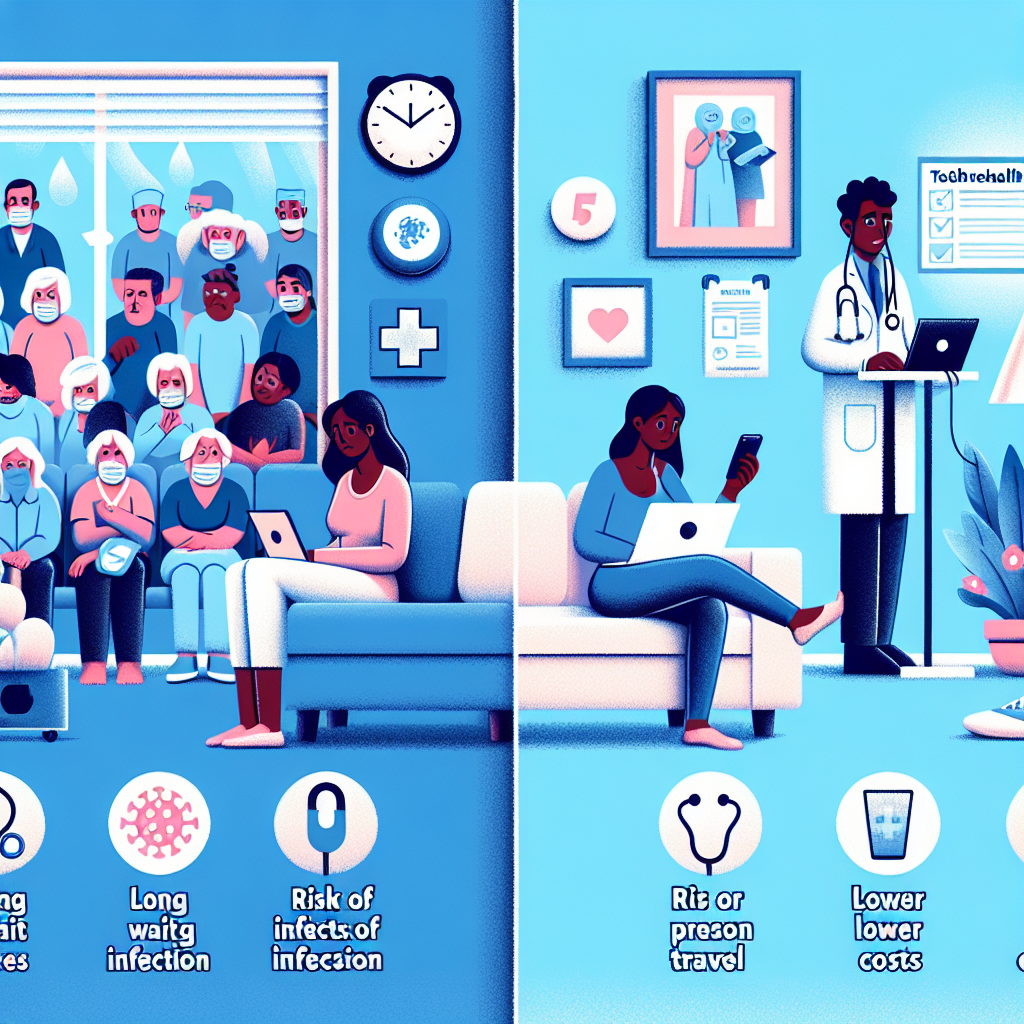Telehealth has seen a surge in demand in recent years, as patients are increasingly opting for virtual visits over traditional in-person appointments. There are several reasons why this shift is happening, and it’s important for healthcare providers to understand the factors driving this trend. Here are five reasons why patients prefer telehealth over in-person visits:
- Convenience: One of the main reasons patients choose telehealth is for its convenience. With telehealth, patients can consult with their healthcare provider from the comfort of their own home, saving them time and the hassle of traveling to a clinic or hospital.
- Accessibility: Telehealth allows patients to access healthcare services regardless of their location. This is especially beneficial for individuals living in rural or underserved areas where there may be limited supply of healthcare providers.
- Cost-Effectiveness: Telehealth visits are often more affordable than in-person appointments, as they eliminate the need for travel expenses and reduce overhead costs for healthcare providers. This makes healthcare more accessible and affordable for patients.
- Time-Saving: Telehealth eliminates the need for patients to wait in long queues at clinics or hospitals. With virtual visits, patients can connect with their healthcare provider quickly and efficiently, saving them valuable time.
- Safety and Comfort: In light of the COVID-19 pandemic, many patients prefer telehealth as a safer alternative to in-person visits. Virtual consultations reduce the risk of exposure to infectious diseases and provide a sense of comfort and security for both patients and healthcare providers.
In conclusion, the demand for telehealth services is on the rise due to its convenience, accessibility, cost-effectiveness, time-saving benefits, and safety considerations. As industries continue to adapt to these changing preferences, it’s important for healthcare providers to embrace telehealth as a valuable tool for meeting patient needs.
